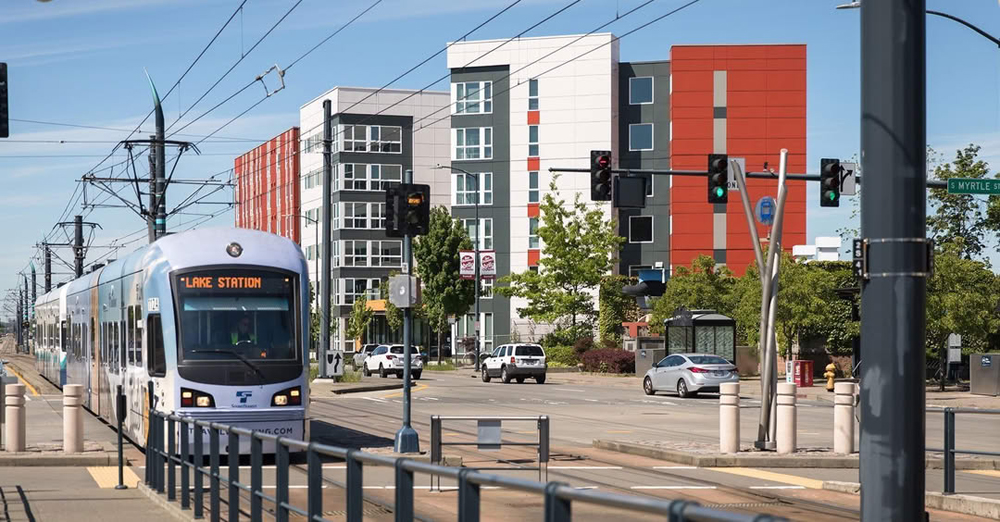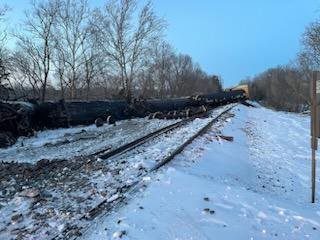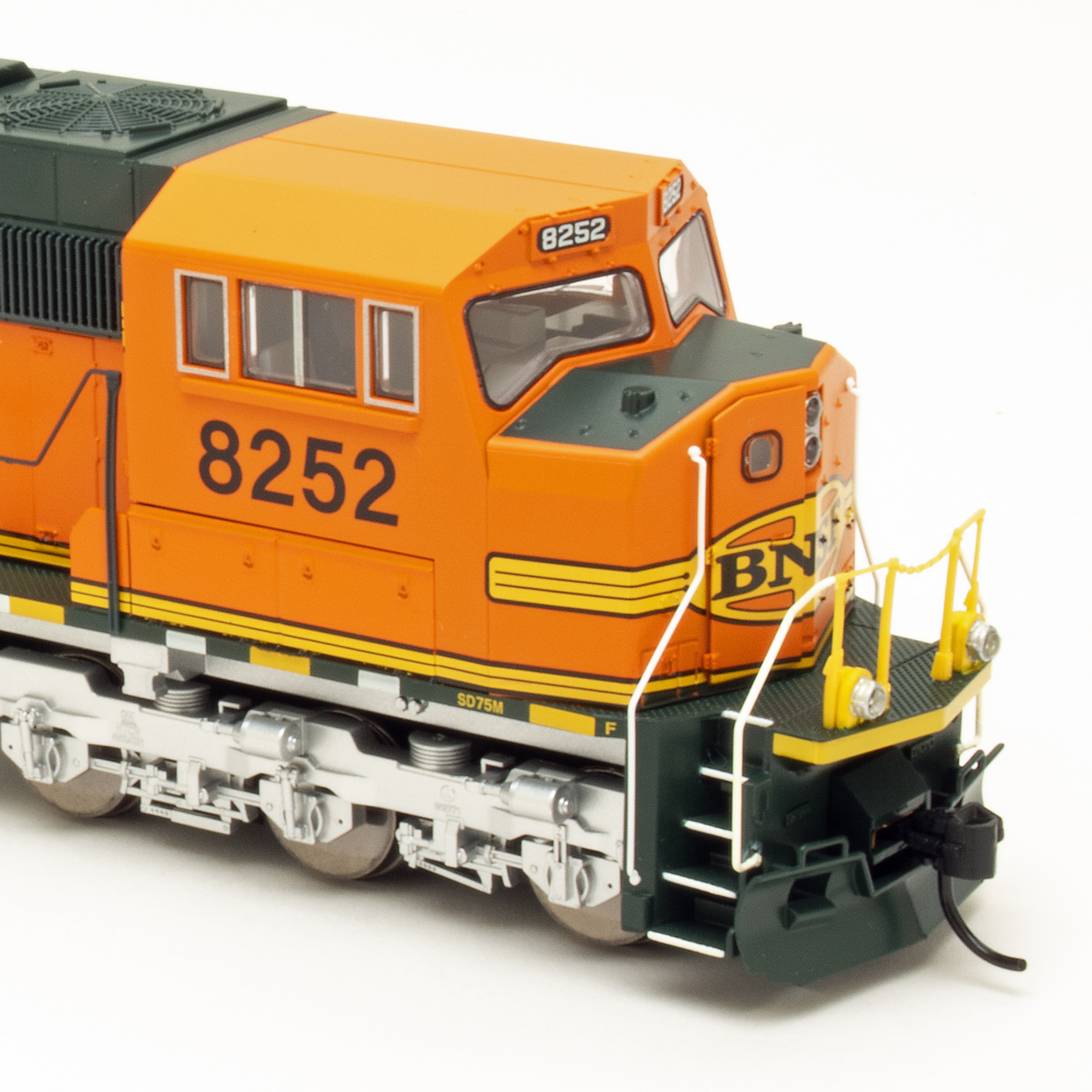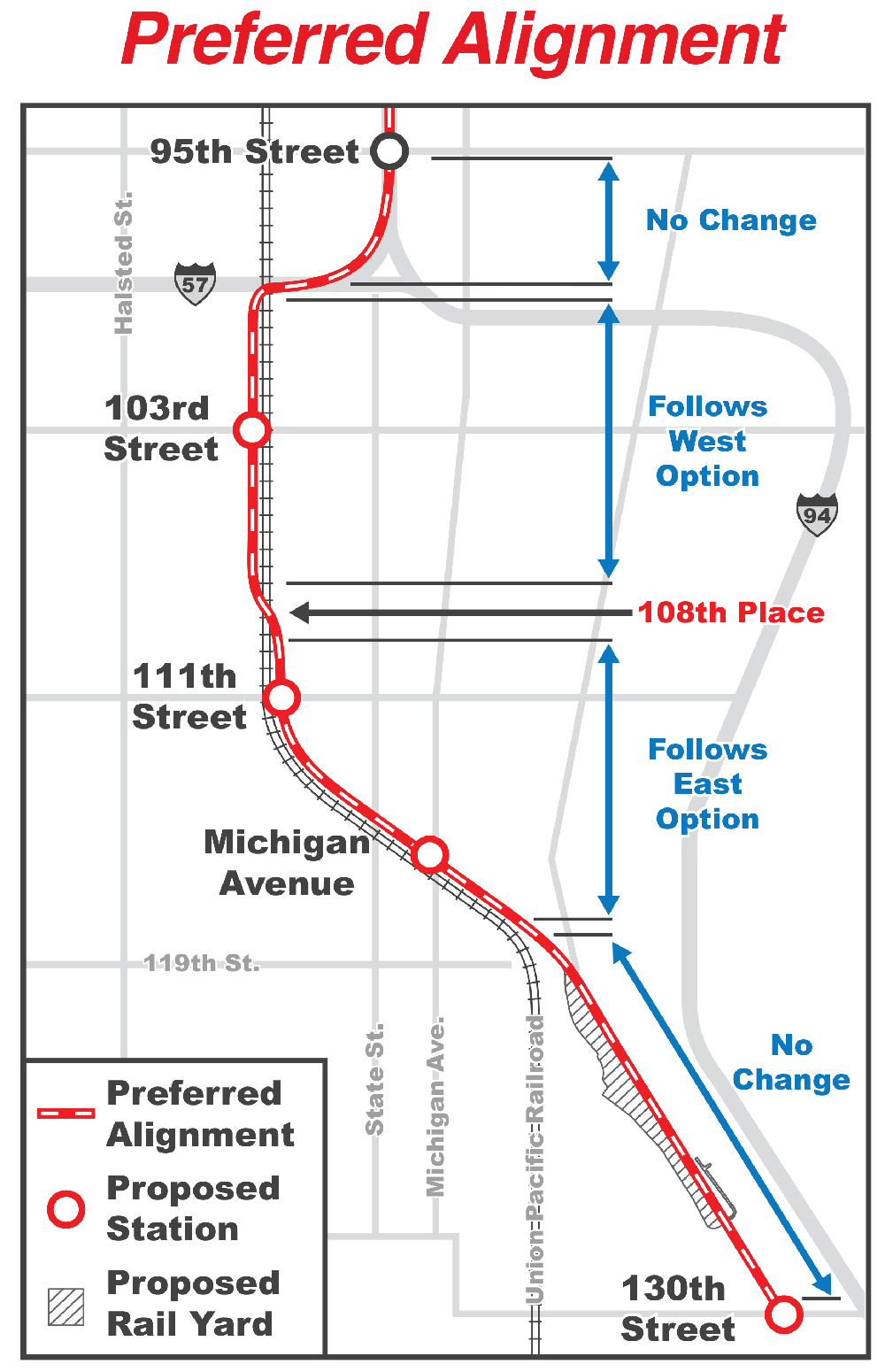SEATTLE — Microsoft has donated more than $223,000 to help complete a study of high speed rail between Vancouver, British Columbia, and Portland, Ore.
Microsoft President Brad Smith announced the funding support at the Cascadia Innovation Corridor Conference, which concluded Thursday. GeekWire reports this is the company’s second donation to the project, raising its total commitment to the study to more than $573,000. The Washington and Oregon departments of transportation and the Province of British Columbia are also helping fund the study.
A recent business-case study released by the Washington State DOT said the project could cost $24 billion to $42 billion and could cover its costs by 2040. [See “Study urges ‘ultra’ high speed rail in Pacific Northwest; offers list of action items,” Trains News Wire, July 16, 2019.]














I doubt it will cover costs by 2040 simply because it is unlikely to be finished by then (maybe not even started)
Christopher, when they say “cover its costs” they are only talking about the annual operating costs per the in-depth article. Even if they do reach that goal [which is always questionable on any long term project] there’s still the interest on the bonds and paying them off. There is also a big difference between $24B and $42B. Since long-term big public projects costs tend to be significantly underestimated it will probably be considerably over $50B if done as well as the operating costs will be found to be higher than anticipated. I’m not saying it shouldn’t be done but if past experience nationally is any indicator of things to come the cost could outweigh the benefits at this point in time. Especially, if it is determined the original 2055 estimate for covering operating costs is the most accurate one instead of the 2040 estimate.
Housing in Seattle metro is reaching a critical cost phase. Amazon should “technically” be contributing to this effort as well. The HQ development in the Lake Union district is pushing out affordable housing. Seattle needs to avoid what has happened in the San Jose/SF Bay Area. Increasing density (which Seattle is embracing) needs a complimentary transit/transportation plan that will still allow regional mobility that doesn’t rely solely on cars.
Gerry – the study hasn’t even started yet and you are passing verdict? I’m guessing an hour and a half between cities is a reasonable time to shoot for, which isn’t too slow. It’s not too expensive either, if it covers its costs.
Too expensive and slow